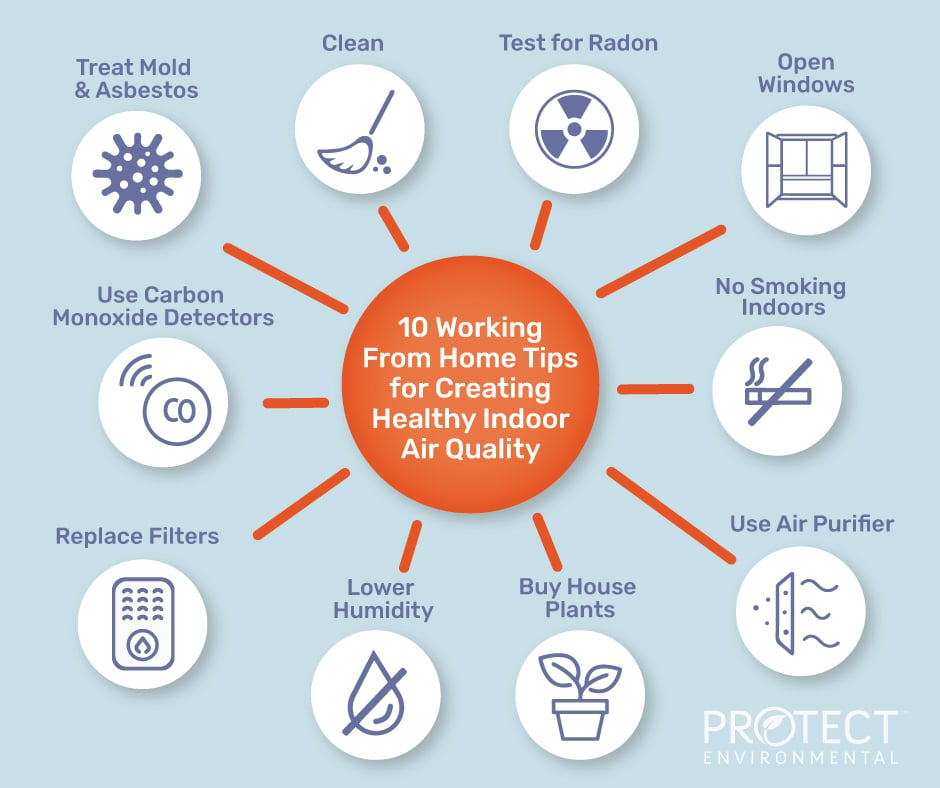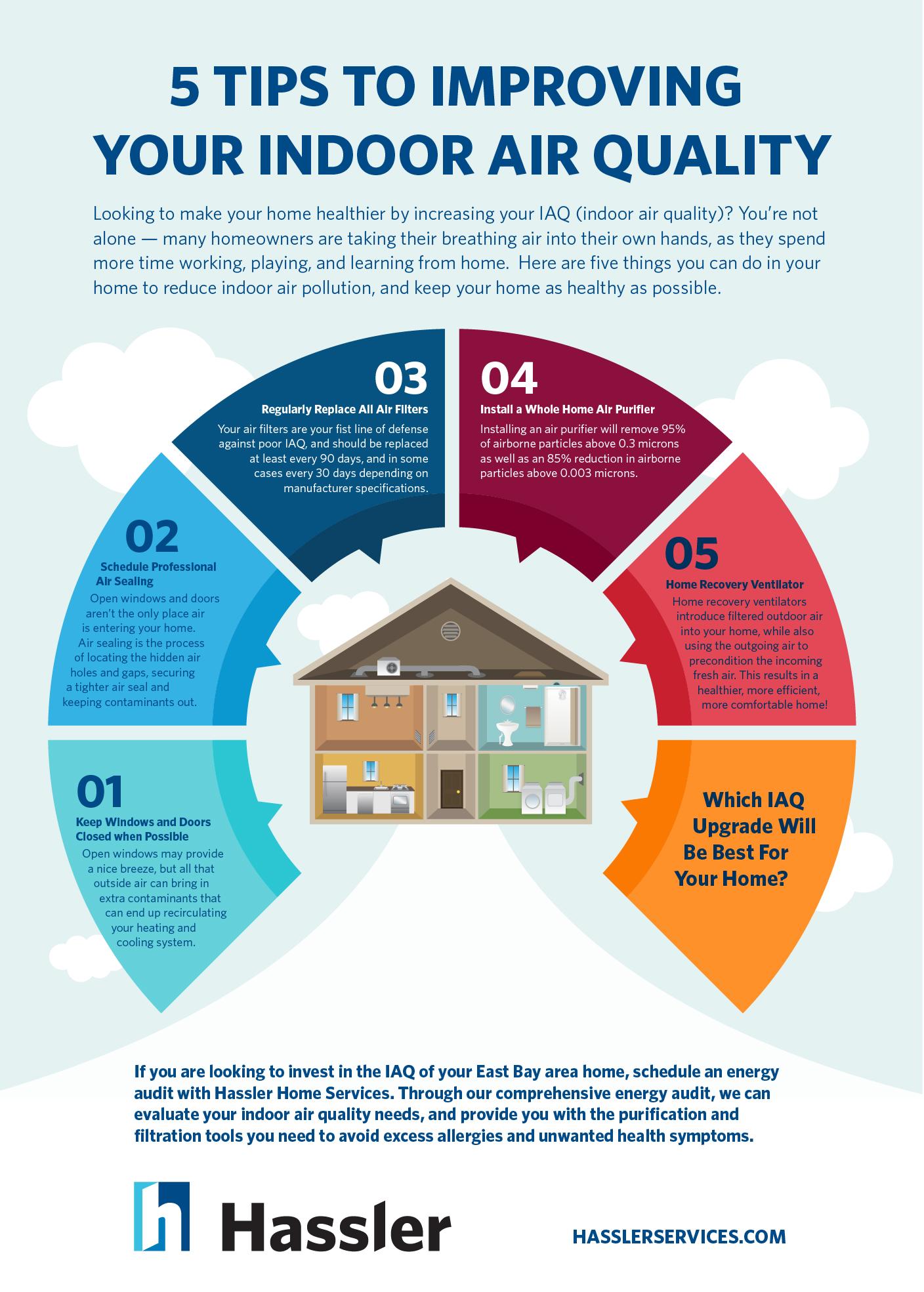Introduction
Indoor air quality can be compromised by a variety of factors such as pollutants, allergens, and inadequate ventilation. These can have a negative impact on our health, causing respiratory problems, allergies, and even long-term health issues. However, there are several steps you can take to improve the air quality in your home or workplace.
This blog post will explore different strategies, from simple everyday practices to advanced technologies, to help you breathe easy and create a healthier indoor environment. By implementing these strategies, you can enhance the quality of the air you and your loved ones breathe, leading to improved overall well-being.
1. Understanding the Importance of Indoor Air Quality
Indoor air quality refers to the cleanliness and healthiness of the air within a building or enclosed space. It is crucial to prioritize indoor air quality as we spend a significant amount of our time indoors, especially in our homes. Poor indoor air quality can lead to various health problems such as allergies, respiratory issues, and even long-term health complications. To ensure a healthy living environment, here are some effective strategies to improve indoor air quality.
2. Regularly Clean and Vacuum
A simple yet essential step in improving indoor air quality is to regularly clean and vacuum your living space. Dust and dirt particles often settle on surfaces and can become airborne when disturbed. By cleaning and vacuuming at least once a week, you can significantly reduce the number of allergens and pollutants in the air.
2.1 Use High-Efficiency Particulate Air (HEPA) Filters
Investing in a vacuum cleaner with a high-efficiency particulate air (HEPA) filter can further enhance the air quality in your home. HEPA filters are designed to capture tiny particles, including dust mites, pollen, pet dander, and other allergens, ensuring cleaner air while you clean your space.
3. Proper Ventilation
Good ventilation is crucial for maintaining good indoor air quality. Ensure that your home has proper ventilation systems in place to allow fresh air to circulate and stale air to be expelled. Opening windows and using exhaust fans in areas prone to moisture, such as bathrooms and kitchens, can help prevent the buildup of harmful pollutants.
4. Minimize the Use of Chemical-Based Products
Many cleaning and personal care products contain harmful chemicals that can release volatile organic compounds (VOCs) into the air. To improve indoor air quality, opt for natural or eco-friendly alternatives whenever possible. Look for products labeled as “”low VOC”” or “”VOC-free”” to minimize exposure to these potentially harmful substances.
5. Maintain Ideal Humidity Levels
Controlling humidity levels is essential in preventing the growth of mold, mildew, and dust mites, which can contribute to poor indoor air quality. Use dehumidifiers in areas prone to excess moisture, such as basements or bathrooms, and ensure proper ventilation to keep humidity levels in check.
6. Keep Indoor Plants
Indoor plants not only add aesthetic appeal to your living space but also help improve indoor air quality. Certain plants, such as peace lilies, spider plants, and aloe vera, have been found to effectively filter out harmful toxins and improve overall air quality. Place these plants strategically throughout your home to enjoy their air-purifying benefits.
7. Avoid Smoking Indoors
It goes without saying that smoking indoors is detrimental to indoor air quality. Cigarette smoke contains numerous harmful chemicals and toxins that can linger in the air long after the smoke has dissipated. If you or someone in your household smokes, make it a rule to do so only outdoors to prevent the contamination of indoor air.
8. Regularly Change Air Filters
Whether you have a central heating and cooling system or individual air conditioning units, regular filter maintenance is crucial. Clogged or dirty air filters can impede proper airflow and allow pollutants to accumulate in your home. Refer to the manufacturer’s guidelines and change the filters at least once every three months, or more frequently if needed.
Summary
In this blog post, we have discussed the importance of indoor air quality and its impact on our health. We have explored various effective strategies to improve the air quality in our homes and workplaces. These strategies include proper ventilation, reducing pollutant sources, regular cleaning and maintenance, using air purifiers, and incorporating plants into indoor spaces.
By following these strategies, you can significantly reduce the presence of harmful pollutants, allergens, and irritants in the air, creating a clean and healthy environment. Prioritizing indoor air quality is essential for maintaining good health and well-being, and with these strategies, you can breathe easy knowing you are taking proactive steps towards better indoor a visit ir quality.


Welcome to my website! My name is Benjamin Wollaston, and I am a dedicated professional carpet cleaning technician with a passion for providing exceptional service and ensuring a healthy and clean environment for my clients. With years of experience in the industry, I have developed a deep understanding of carpet cleaning solutions, indoor air quality enhancement, upholstery and furniture care, and flooring alternatives. Learn More Here

